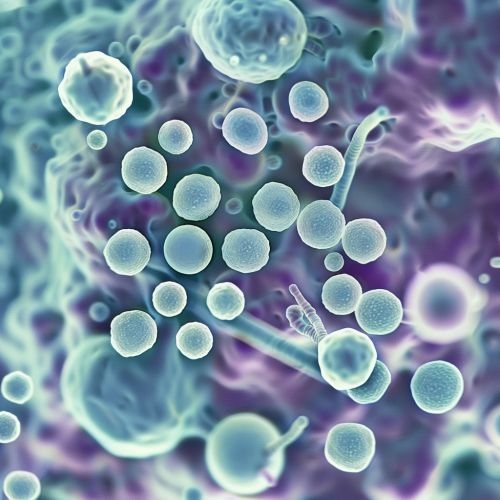Methanomicrobia
Introduction
Methanomicrobia is a class within the phylum Euryarchaeota, a major group of archaea. This class is composed of several orders of microorganisms that are characterized by their ability to produce methane, a process known as methanogenesis. Methanomicrobia includes both autotrophic and heterotrophic species, with some members playing significant roles in global carbon cycling and the production of natural gas deposits.


Taxonomy
The class Methanomicrobia is divided into several orders, including Methanomicrobiales, Methanosarcinales, and Methanocellales. These orders are further divided into families, genera, and species. The taxonomy of Methanomicrobia has been revised several times as new techniques in molecular biology have allowed for more precise classification of these organisms.
Physiology
Members of Methanomicrobia are typically rod-shaped, though some species may exhibit other morphologies. They are anaerobic, meaning they thrive in environments devoid of oxygen. Methanomicrobia are known for their ability to produce methane, a process that involves the reduction of carbon dioxide or the oxidation of hydrogen. Some species are autotrophic, using carbon dioxide as their primary carbon source, while others are heterotrophic, relying on organic compounds for carbon.
Ecology
Methanomicrobia are found in a variety of environments, including freshwater and marine sediments, soils, and the digestive tracts of ruminants and termites. They play a crucial role in the global carbon cycle by converting carbon dioxide into methane, a potent greenhouse gas. In addition, Methanomicrobia are involved in the formation of natural gas deposits, and their activity can influence the geochemistry of their environments.
Industrial Applications
Due to their ability to produce methane, Methanomicrobia have potential applications in the production of biofuels. Some species are also being explored for their potential in bioremediation, the use of organisms to clean up environmental pollutants. However, the practical use of Methanomicrobia in these applications is still under investigation.
